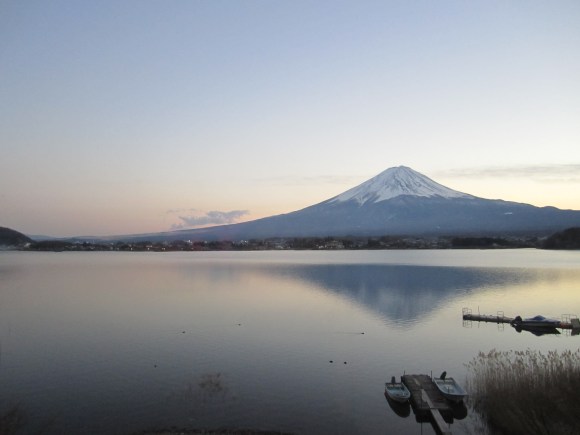
Japan may be known as the Land of the Rising Sun for good reason. The Japanese are extremely reverential to the sun and, if you can find a spot somewhere that doesn’t have a skyscraper blocking your view, Japanese sunrises are impressive and breathtaking to behold. They also happen at like 4 a.m., when no one in their right mind is awake – and those that are are likely enormously drunk and just getting ready for bed.
So for a lot of people, you might be better off watching the sun set in Japan. It’s equally gorgeous depending on location, and even in the middle of summer, the sun starts to slip behind the horizon around 6:30 or 7 p.m., so catching that perfect sunset is easy to work into your plans and doesn’t require remaining awake at some ungodly hour.
Of course, some places are better than others for catching a great Japanese sunset. While it’s cool and all to watch the sky turn all kinds of magnificent colors and the neon lights of the city winking on one by one from whatever street you happen to be standing on in the middle of Tokyo, it’s just not the same without a perfect backdrop and that eye-searing, crimson glory of the sun itself visibly sinking behind the landscape.
Here are our top five picks for watching the sunset in Japan (in no particular order):
- Tokyo Metropolitan Government Building Observatory (Shinjuku)
If you’re a tourist in Japan, odds are you’re spending your entire stay or a significant portion of it in Tokyo, and with the high cost of bullet train fare, we can understand if you’re not thrilled about trekking out to Kyoto or wherever just to watch the sun set. Luckily, you can get an awesome view from right in the middle of downtown.
From the top of the Tokyo Metropolitan Government Building in Shinjuku, which offers a free observatory, you can look out over the entirety of Tokyo as the sun begins its slow descent behind the far-off mountains. As amazing as it is to be getting a macro view of the world’s largest metropolis, it’s even better when you’re seeing the city itself dynamically changing before your eyes; the sky goes pink, then purple as the sun sets, and you can watch the lights of entire districts click on simultaneously. When the sky goes black and all you can see is an ocean of lights, it’s hard not to stand in awe at the fact that literally everything you are perceiving at that moment is man-made.
- Jogajima
My first trip to Jogajima was entirely on a whim. I’d never even heard of the place and a lot of my Japanese friends hadn’t either, but it popped up on a quick Internet search for islands near Tokyo.
Jogajima is a quick day trip from the city proper, and aside from offering a jaw-dropping view of the sun setting behind Mt. Fuji – we’ll get to that in a sec – it’s a charming, lightly trafficked getaway in its own right. The island features a large public park in its center, offering a rare opportunity to enjoy a slow-paced picnic in spitting distance of Tokyo without the blaring car horns or huge crowds.
And, while there is only one small strip of actual sandy beach, the island offers up a unique aquatic playground of rocky shores, extensive shallow areas perfect for snorkeling, half-submerged cave structures, natural rock tunnels and more. Walking from the main port down to the beach, you can grab a pair of marine shoes, a snorkel and a three-pronged spear on the cheap and spear crab and even octopus in the shallows.
For the very adventurous, there is even an abandoned old-fashioned Japanese residence that’s said to be haunted, and a secret path that leads to a secluded beach dotted with bunker-like structures built directly into the rock of the island. After finding the path by chance and walking it to its end on the shore, I found that I was sharing an enormous, gorgeous beach with no one but a single, naked old man who looked like he had been living there for some years anyway. Obviously, I owe it to that weird old hermit to keep the path a secret. Sorry.
As for the view of the setting sun from Jogajima, it’s probably my favorite of this entire list. Given Jogajima is an island, you can look directly out towards Mt. Fuji with no signs of human civilization to block your view. It’s just you, the mountain, the sun and the crashing waves. Even these pictures I took don’t do it justice, but they probably work better than my feeble words ever could:
- Mt. Fuji
I’ve already talked about how climbing Mt. Fuji is a cold, boring, painful trudge more akin to waiting in line at a theme park than climbing a mountain, but as a once-in-a-lifetime experience with a once-in-a-lifetime view from the top, it’s well worth suffering through.
You’ve actually got two choices here: You can climb during the day and watch the sun set, or climb overnight and watch it rise. Both views are amazing, but we’re going to go ahead and recommend climbing at night and seeing the sunrise. The top is bone-chillingly cold no matter what time of day, so you might as well go overnight to avoid baking in the sun for the first hours of the climb. Plus, Mt. Fuji being an active volcano and all, the view during the climb is nothing to write home about; Just a barren moonscape of jagged, black volcanic rock as far as the eye can see.
After the 4-to-8-hour trudge to the top, you’ll be greeted with one of the most amazing views you may ever experience. It’s something else to look down on the world from 3,500 meters up, where the clouds are so far below you they resemble some kind of ethereal blanket draped over the fields of Yamanashi.
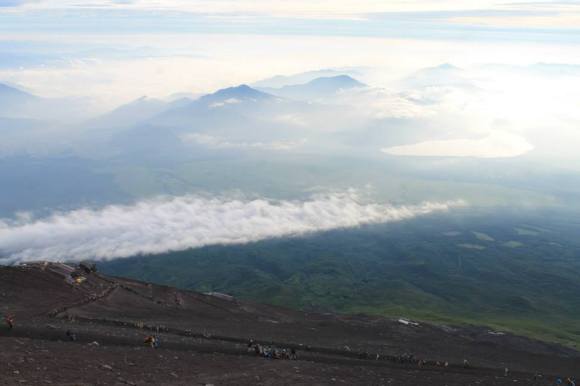
- Kawaguchi-ko
While a lot of the best views – like that from the top of Mt. Fuji – require some fairly difficult physical labor to reach them, Kawaguchi-ko, the huge lake sitting at the foot of Mt. Fuji, is a comparatively short, relaxed bus ride from downtown Tokyo. This is the luxury option of Japanese sunset viewing.
After arriving at Kawaguchi-ko via bus, you can grab one of any number of traditional Japanese ryokan bed and breakfasts, or one of the cheaper minshuku shared living spaces – with private rooms but shared bathrooms and a communal dinner – then relax in the onsen spring bath with a beer and wait for the show.
Looking across the lake at the mountain, you can see Fuji reflected in the calm waters – a picture-perfect negative of the revered World Heritage site. The already serene landscape becomes even more wondrous as the sun descends behind Mt. Fuji and the world darkens around you. There’s little in the way of civilization between you and the mountain, so it’s almost dream-like to witness the transition from daylight to complete and utter darkness.
- Oki Islands, Shimane Prefecture
The last location on our list is a bit of a trek from Tokyo, but you’ll be glad you stepped off the beaten path once you see the photos below. Located in the Sea of Japan, the Oki Archipelago is made up of four inhabited islands, and our favorite place to watch the sunset is on the smallest of the group Chiburi. A somewhat secret tourist destination for those who love the sea, mountains, or swimming cows, Chiburi has less than 600 residents and affords some breathtaking views of the setting sun.
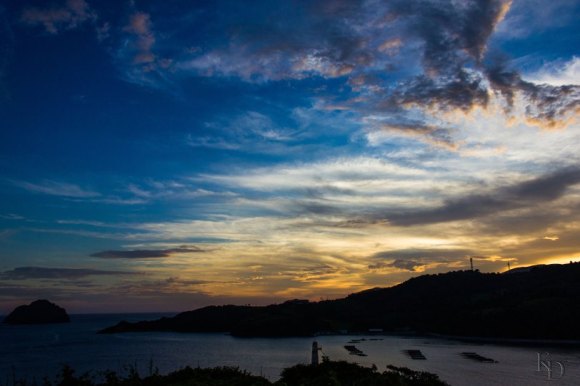
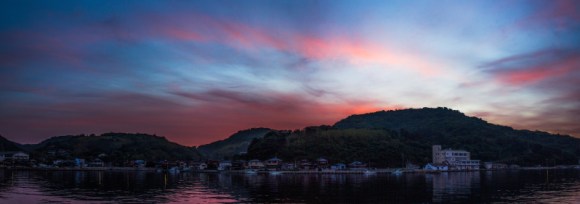
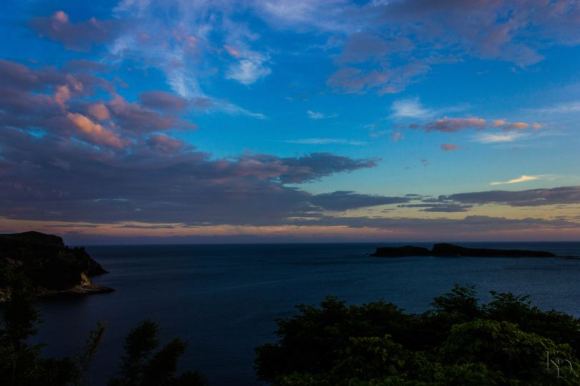
▼ Technically this one is after sunset, but still beautiful nonetheless!
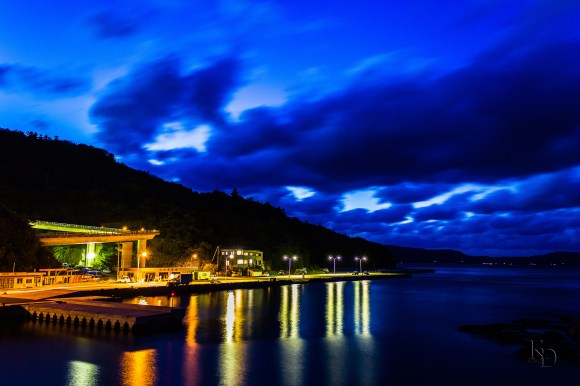
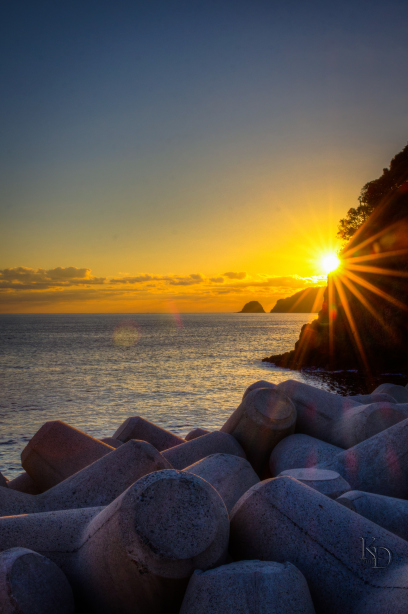
Photos © RocketNews24 (unless otherwise noted)

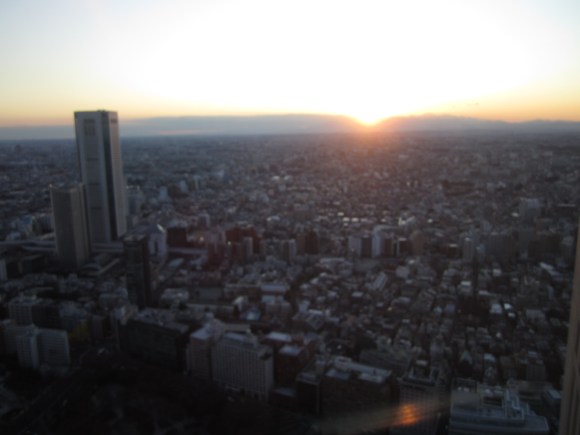
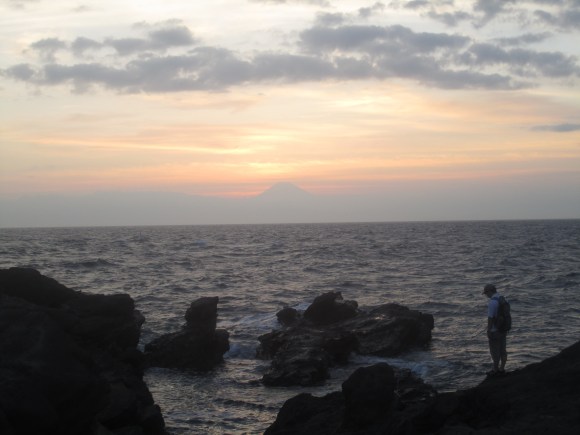
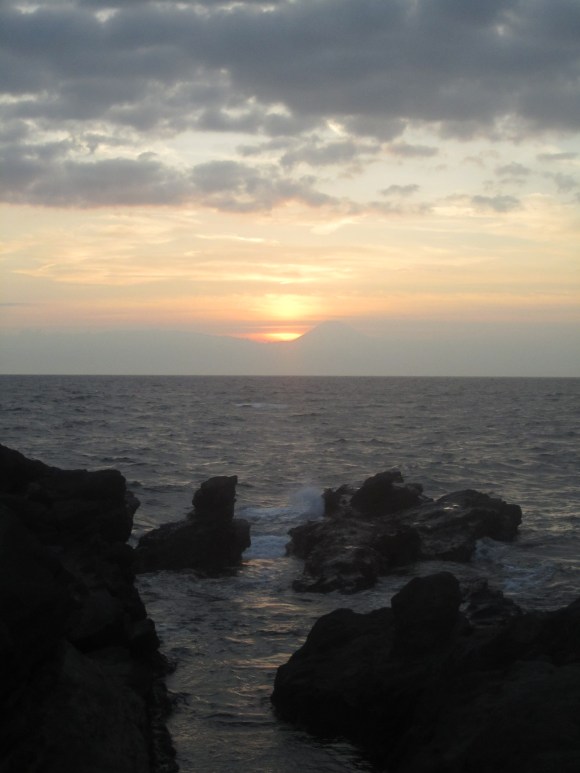
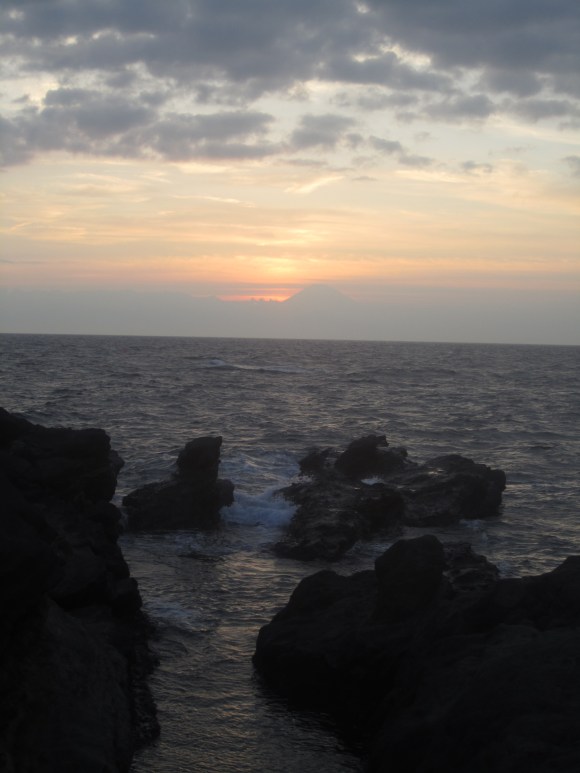
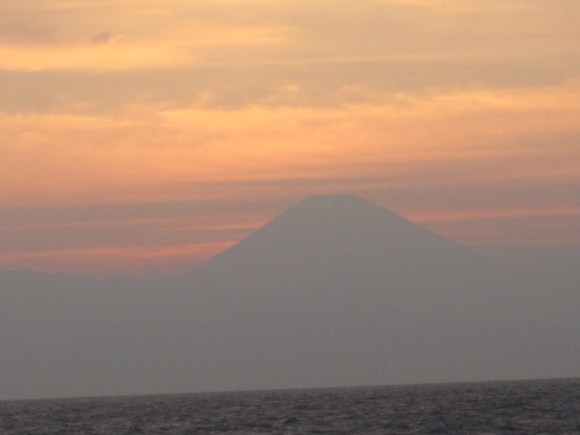
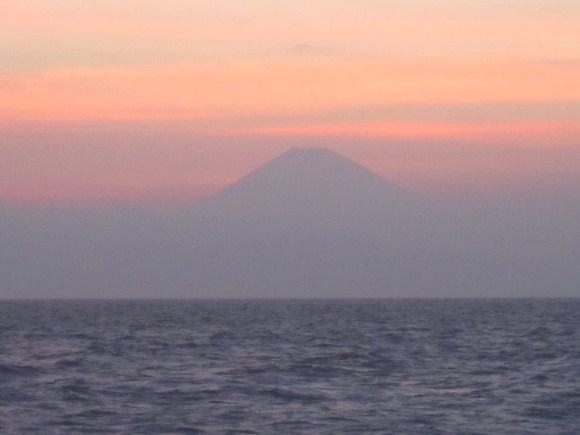
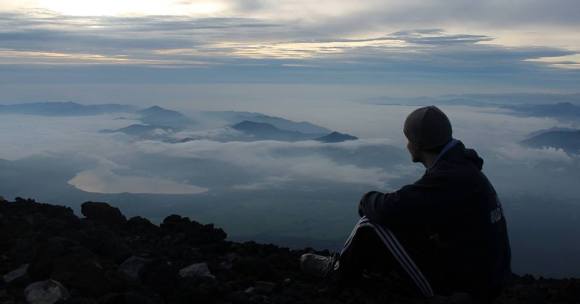
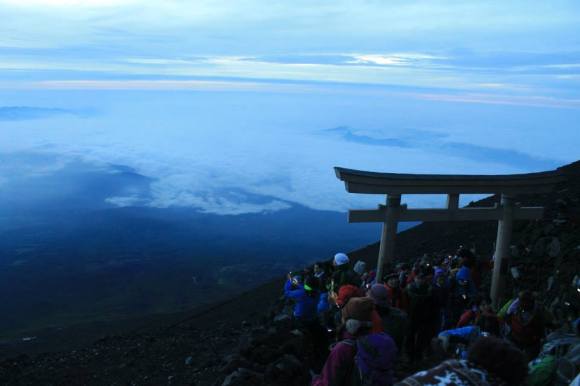
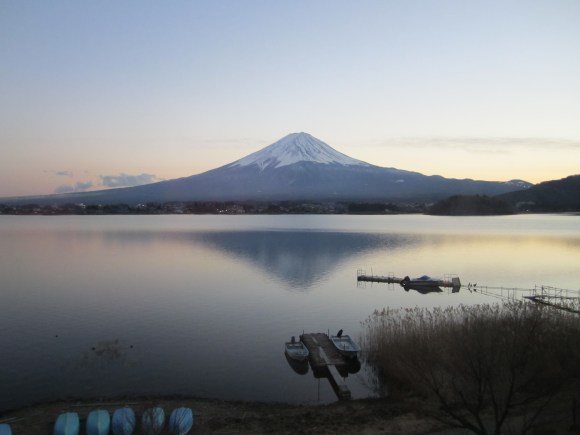
 Top 10 places to see a spectacular sunset in Japan
Top 10 places to see a spectacular sunset in Japan Photos of “everyday life” in the town next to Mt. Fuji look like a beautiful fantasy world
Photos of “everyday life” in the town next to Mt. Fuji look like a beautiful fantasy world Where will you go this summer? Here are the top 10 Japanese swimming spots with the nicest water
Where will you go this summer? Here are the top 10 Japanese swimming spots with the nicest water This autumn’s “Sunset Panda” endangered by cloud cover, still pulls in the crowds 【Video】
This autumn’s “Sunset Panda” endangered by cloud cover, still pulls in the crowds 【Video】 Hike from the sea to the peak of Mt. Fuji with new bilingual English/Japanese guide map series
Hike from the sea to the peak of Mt. Fuji with new bilingual English/Japanese guide map series Non-tourist trap fish market in northeastern Japan captures our hearts with amazing sashimi
Non-tourist trap fish market in northeastern Japan captures our hearts with amazing sashimi Kyoto becomes City of Yokai, with Night Parade of One Hundred Demons festival this autumn
Kyoto becomes City of Yokai, with Night Parade of One Hundred Demons festival this autumn Japan’s newest life-size Gundam is finished, receives Shinto blessing in Osaka【Video】
Japan’s newest life-size Gundam is finished, receives Shinto blessing in Osaka【Video】 Chinese drivers flocking to Japan for quick and easy route to international licenses
Chinese drivers flocking to Japan for quick and easy route to international licenses One of Japan’s most awesome rail passes, the Seishun 18 Ticket, just got a lot less awesome
One of Japan’s most awesome rail passes, the Seishun 18 Ticket, just got a lot less awesome No train, no hotel – How to do an overnight bus trip to Kanazawa from Tokyo – Part 1【Photos】
No train, no hotel – How to do an overnight bus trip to Kanazawa from Tokyo – Part 1【Photos】 McDonald’s Japan debuts new anime girl mascot character with incredibly long name
McDonald’s Japan debuts new anime girl mascot character with incredibly long name Korean basketball coach humiliates player live on TV, tapes his mouth shut
Korean basketball coach humiliates player live on TV, tapes his mouth shut We try a delicious hidden gem in Fukuoka, unknown to even Japanese people
We try a delicious hidden gem in Fukuoka, unknown to even Japanese people Studio Ghibli releases new “Butterflies in the Forest” Totoro towels
Studio Ghibli releases new “Butterflies in the Forest” Totoro towels What’s the deal with akebi, the perfectly purple, alien-like fruit that’s in season now in Japan?
What’s the deal with akebi, the perfectly purple, alien-like fruit that’s in season now in Japan? Totoro, Calcifer, other Ghibli stars returning as humidifiers ahead of Japan’s dry winter days【Pics】
Totoro, Calcifer, other Ghibli stars returning as humidifiers ahead of Japan’s dry winter days【Pics】 Is downtown Tokyo’s crazy cheap 290-yen bento boxed lunch shop still around, and is it still cheap?
Is downtown Tokyo’s crazy cheap 290-yen bento boxed lunch shop still around, and is it still cheap? Meet the kind Japanese grandpa who takes photos for tourists at the Hachiko statue in Shibuya
Meet the kind Japanese grandpa who takes photos for tourists at the Hachiko statue in Shibuya Studio Ghibli releases new mug tumblers featuring anime movie characters
Studio Ghibli releases new mug tumblers featuring anime movie characters How to power up the coolest cheap souvenir from Nintendo’s official shop with a trip to Daiso
How to power up the coolest cheap souvenir from Nintendo’s official shop with a trip to Daiso Why was the Lithuanian ambassador to Japan working in a fast food beef bowl joint in Tokyo?
Why was the Lithuanian ambassador to Japan working in a fast food beef bowl joint in Tokyo? Line of foreign tourists leads us to Akihabara’s meatiest fatty ramen【Taste test】
Line of foreign tourists leads us to Akihabara’s meatiest fatty ramen【Taste test】 Japanese convenience store Family Mart announces abolishment of eat-in spaces
Japanese convenience store Family Mart announces abolishment of eat-in spaces Studio Ghibli releases new insect whistle necklace from Nausicaä of the Valley of the Wind
Studio Ghibli releases new insect whistle necklace from Nausicaä of the Valley of the Wind Totoro sequel anime Mei and the Baby Catbus will screen at Ghibli Park this winter
Totoro sequel anime Mei and the Baby Catbus will screen at Ghibli Park this winter Starbucks Japan unveils Halloween Frappuccino for 2024, and it’s like drinking a magic spell
Starbucks Japan unveils Halloween Frappuccino for 2024, and it’s like drinking a magic spell Evangelion creator Hideaki Anno returning to anime with new project for 50-year-old franchise
Evangelion creator Hideaki Anno returning to anime with new project for 50-year-old franchise Studio Ghibli releases new Howl’s Moving Castle goods that capture the magic from the anime movie
Studio Ghibli releases new Howl’s Moving Castle goods that capture the magic from the anime movie Adult Jam Bread causes a stir at store in Tokyo
Adult Jam Bread causes a stir at store in Tokyo Right now is the peak time to go to Tokyo’s most-beautiful-view beer garden【Photos】
Right now is the peak time to go to Tokyo’s most-beautiful-view beer garden【Photos】 Pizza Hut adds a “Guilty Secret” sandwich to its menu for a limited time
Pizza Hut adds a “Guilty Secret” sandwich to its menu for a limited time McDonald’s new Happy Meals offer up cute and practical Sanrio lifestyle goods
McDonald’s new Happy Meals offer up cute and practical Sanrio lifestyle goods Foreign tourists on Shinkansen bullet train break suitcase etiquette, angering local passengers
Foreign tourists on Shinkansen bullet train break suitcase etiquette, angering local passengers [Deleted] Article written for April Fool’s Day 2018
[Deleted] Article written for April Fool’s Day 2018 Japanese government to make first change to romanization spelling rules since the 1950s
Japanese government to make first change to romanization spelling rules since the 1950s Foreigner’s request for help in Tokyo makes us sad for the state of society
Foreigner’s request for help in Tokyo makes us sad for the state of society Ghibli founders Toshio Suzuki and Hayao Miyazaki contribute to Japanese whisky Totoro label design
Ghibli founders Toshio Suzuki and Hayao Miyazaki contribute to Japanese whisky Totoro label design Tokyo’s most famous Starbucks is closed
Tokyo’s most famous Starbucks is closed Princesses, fruits, and blacksmiths: Study reveals the 30 most unusual family names in Japan
Princesses, fruits, and blacksmiths: Study reveals the 30 most unusual family names in Japan Doraemon found buried at sea as scene from 1993 anime becomes real life【Photos】
Doraemon found buried at sea as scene from 1993 anime becomes real life【Photos】 Nude photos of Mt. Fuji circulate online as powerful typhoon removes snow from the peak【Photos】
Nude photos of Mt. Fuji circulate online as powerful typhoon removes snow from the peak【Photos】 What’s going on in this crazy beautiful picture of Mt. Fuji?
What’s going on in this crazy beautiful picture of Mt. Fuji? Mt. Fuji jelly makes Japan’s most famous mountain a delight to look at and taste!
Mt. Fuji jelly makes Japan’s most famous mountain a delight to look at and taste! Fujisan beer, made with rice grown by water under Mt. Fuji, may have world’s most beautiful can
Fujisan beer, made with rice grown by water under Mt. Fuji, may have world’s most beautiful can Three people die on Mt. Fuji less than 24 hours after official start of climbing season
Three people die on Mt. Fuji less than 24 hours after official start of climbing season This little-known spot is a haven for train otaku, with a view of both Mt. Fuji and bullet trains
This little-known spot is a haven for train otaku, with a view of both Mt. Fuji and bullet trains Laser-cut, 360-degree “book” lets you bring Mt. Fuji into your home
Laser-cut, 360-degree “book” lets you bring Mt. Fuji into your home Barricades placed on Mt. Fuji as mountain officially closes because of coronavirus【Video】
Barricades placed on Mt. Fuji as mountain officially closes because of coronavirus【Video】 Free Wi-Fi is coming to Mt. Fuji this summer
Free Wi-Fi is coming to Mt. Fuji this summer Diamond Fuji: One of the most beautiful views of Japan’s iconic mountain
Diamond Fuji: One of the most beautiful views of Japan’s iconic mountain Fuji Dream Airlines is offering limited Mt. Fuji sightseeing flights
Fuji Dream Airlines is offering limited Mt. Fuji sightseeing flights Turn a glass of beer into an exquisite Mt. Fuji scene with this Awakumo glass!
Turn a glass of beer into an exquisite Mt. Fuji scene with this Awakumo glass!
Leave a Reply